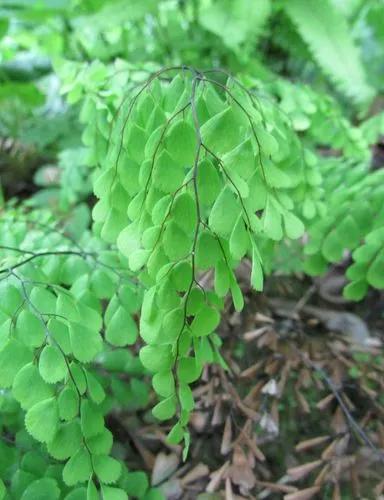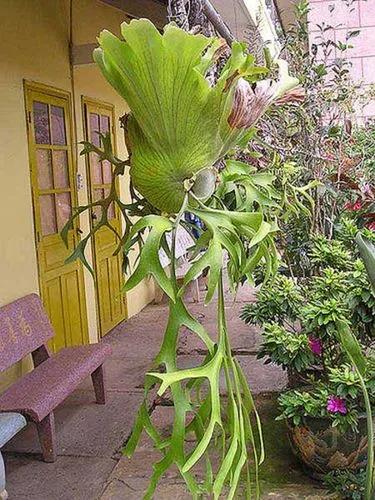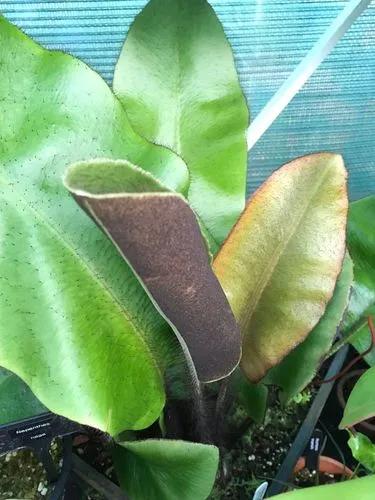Athyrium filix-femina is now commonly split into three species, typical A. filix-femina, A. angustum (narrow lady fern) and A. asplenioides (southern lady fern). Athyrium filix-femina is cespitose (the fronds arising from a central point as a clump rather than along a rhizome). The deciduous fronds are light yellow-green, 20–90 centimetres (7.9–35.4 in) long and 5–25 cm (2.0–9.8 in) broad. Sori appear as dots on the underside of the frond, 1–6 per pinnule. They are covered by a prominently whitish to brown reniform (kidney-shaped) indusium. Fronds are very dissected, being 3-pinnate. The stipe may bear long, pale brown, papery scales at the base. The spores are yellow on A. angustum and dark brown on A. asplenioides. A. filix-femina is very hardy, tolerating temperatures as low as −20 °C (−4 °F) throughout its range
Native Fern Care
Athyrium Filix-femina



How to Care for the Plant

Water

Along with a humid environment, ferns require moist soil. Make sure to keep the soil evenly moist (but not soaking!) by giving the plant a small amount of water daily.

Pruning

When a frond has died back completely to the ground, simply use a pair of scissors or sharp pruners to snip off the dead fronds. I usually wait to prune a deciduous fern until all the fronds have died back. Then I just grasp all the dead fronds at once and lop them off just above the ground.

Fertilizer

As a general rule, it's a good idea to wait four to six months, but you can start earlier if growth is really taking off. Thereafter, fertilizing indoor ferns is best done every month throughout the growing season. Feed the plant only every other month when growth is slower during fall and winter.

Sunlight

Ferns do best with indirect lighting.

Soil

Ferns generally require rich, moist soil with extra organic matter, but some prefer drier, less fertile soil.

Temperature

They grow best in temperatures under 75°F. Even though most ferns used for indoor culture are native to the tropics or subtropics, they for the most part prefer a cool temperature and a high level of moisture in the air (humidity).

Container

Ferns make good companions for other hardy perennials in containers.

Additional

The leaves of ferns are called fronds and when they are young they are tightly coiled into a tight spiral.

Popularity

297 people already have this plant 69 people have added this plant to their wishlists
Discover more plants with the list below
Popular articles






